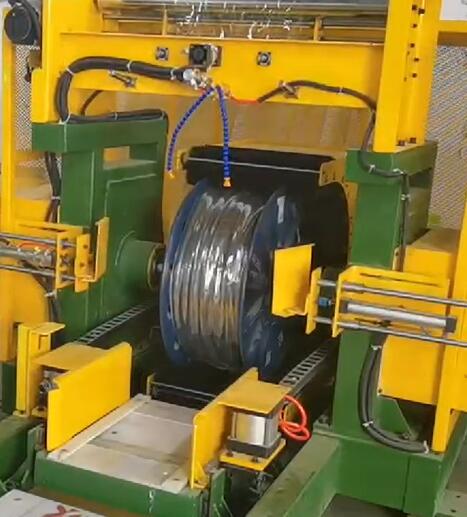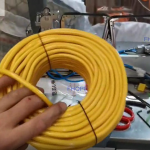The video of the cable wire reel packing machine with stretch film for circumferential wrapping.
Automatic film dispensing,
Automatic film cutting,
Automatic rotation and wrapping.
Program control for packaging procession.
Find more cable drum reel packing solution : www.fhopepack.com



